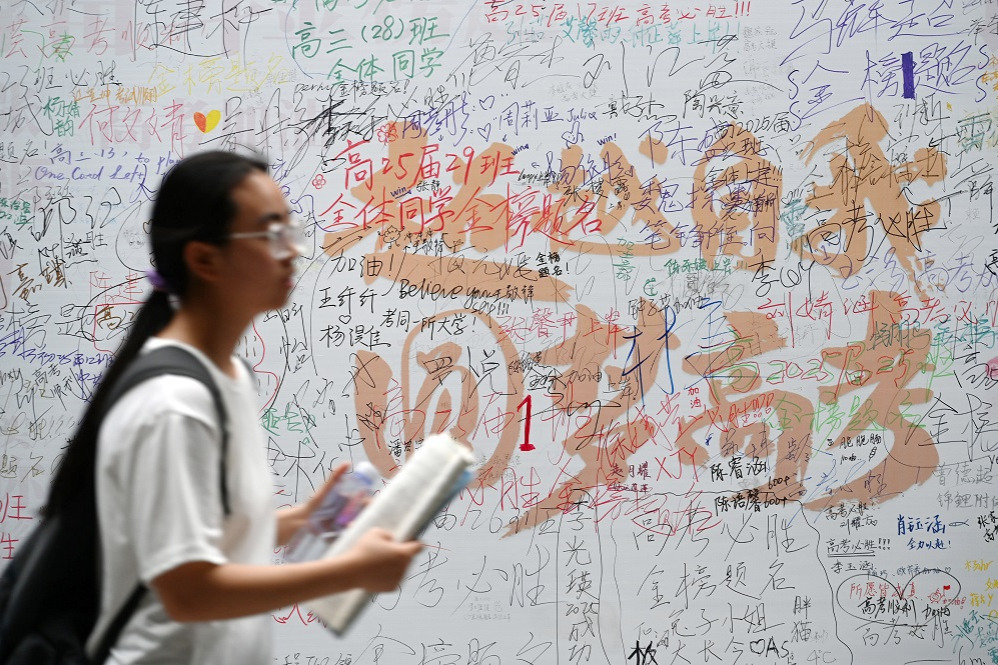Beijing opens extreme-condition research facility


Many Nobel Prize-winning breakthroughs in recent decades, such as the integer quantum Hall effect (1985 Nobel Prize in Physics) and high-temperature superconductors (1987 Nobel Prize in Physics), were achieved under extreme laboratory conditions.
These foundational discoveries later evolved into transformative technologies such as maglev trains, femtosecond laser eye surgery, satellite telescopes and quantum chips.
"Developed nations such as the United States, European countries and Japan have heavily invested in extreme-condition research. The completion of the SECUF significantly enhances our nation's capabilities in materials science and related fields, playing a pivotal role in advancing technological progress," said Cheng Jinguang, deputy director of the Institute of Physics.
- Liuzhou tops water quality list for 5th year
- Where tea blends with culture and tourism
- China unveils first deep-sea testing site
- Remains of former senior military official cremated
- China strives to build South China Sea into a sea of peace, friendship, cooperation
- Xi, Myanmar leader exchange congratulations on 75th anniversary of diplomatic ties





































